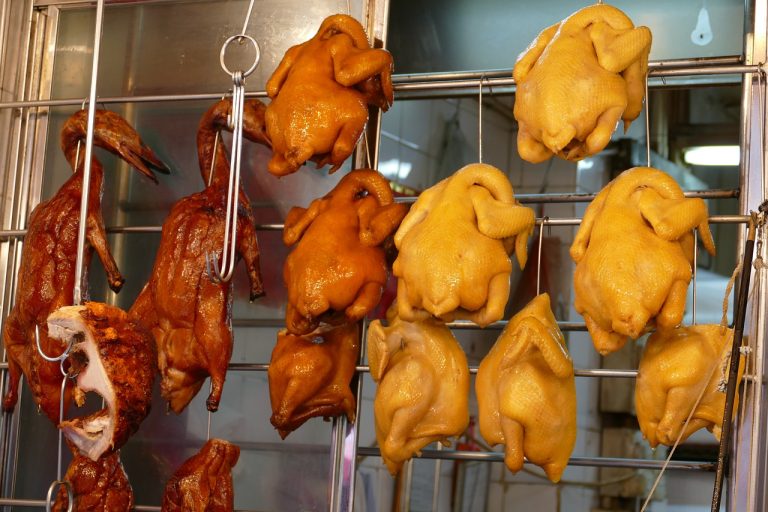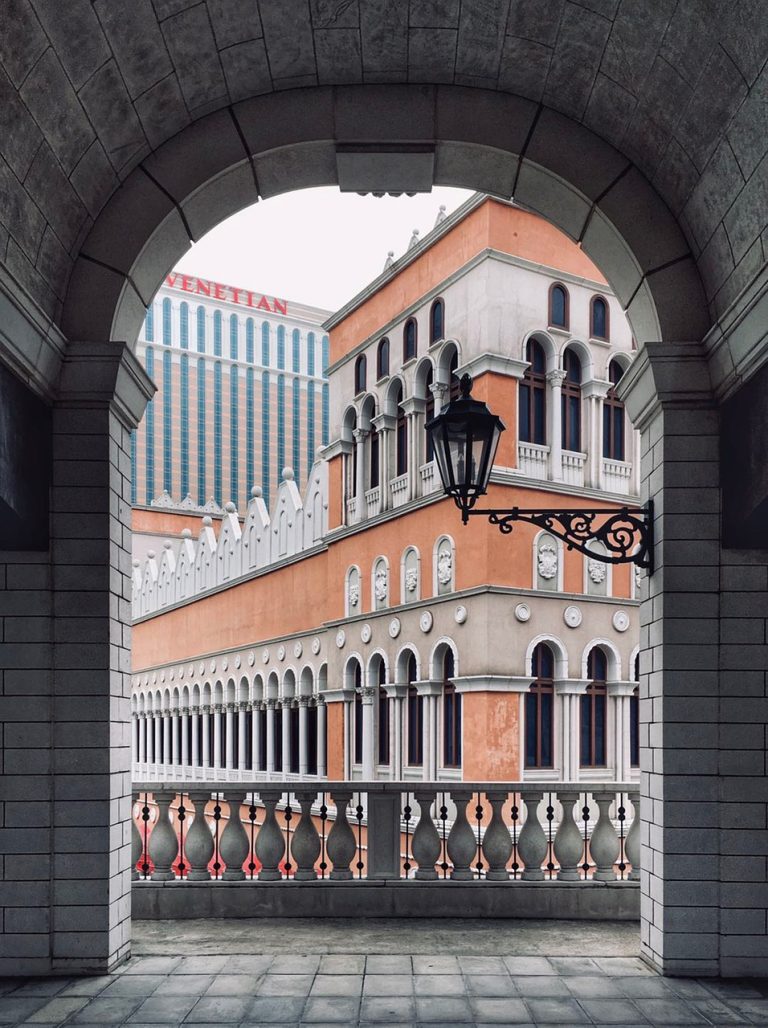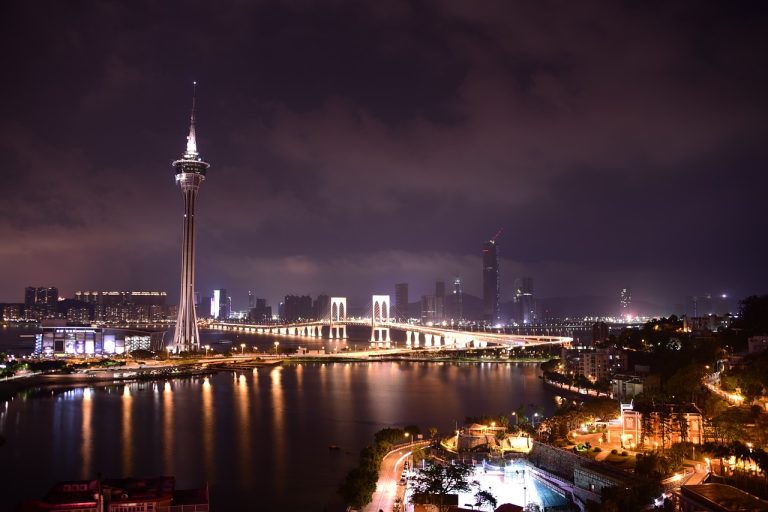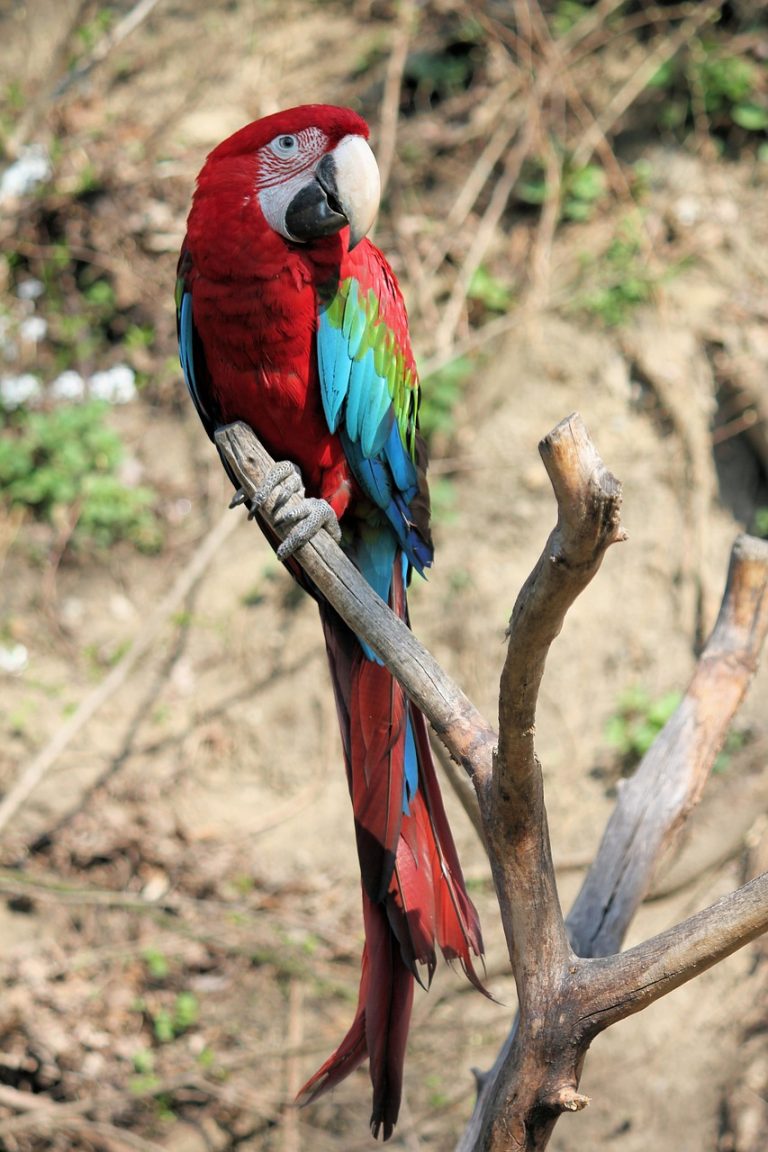Macau Video
Public Transportation in Macau: A Complete Guide
Macau, also known as the “Las Vegas of Asia,” is a vibrant city that attracts millions of tourists each year. With its rich history, unique blend of Chinese and Portuguese cultures, and dazzling casinos, Macau has a lot to offer. Navigating the city can be quite overwhelming, but fortunately, Macau has a well-developed public transportation system that makes getting around a breeze. In this guide, we will explore the various modes of public transportation available in Macau and provide you with all the essential information you need to know.
Bus Transportation
- Convenience: Macau’s bus system is known for its extensive coverage and convenience. Buses run regularly, and there are numerous routes that connect different parts of the city.
- Routes and Fares: There are over 60 bus routes in Macau, covering all major attractions, hotels, and residential areas. Each bus route is identified by a number and color, making it easy to identify the desired bus.
- Bus Stops and Timings: Bus stops in Macau are clearly marked with signs displaying the bus numbers and a map of the route. Timetables are available at major bus stops, providing information on the frequency of buses and estimated travel times.
- Tourist Bus: Macau also offers a hop-on-hop-off tourist bus service, known as the Macau Sightseeing Bus. This service covers popular tourist attractions and offers unlimited rides within a specified time period.
Macau’s bus system is operated by two major companies: Transmac and TCM (Transportas Companhia de Macau). These companies operate a wide range of buses that serve both locals and tourists.
The fare for a single bus ride within Macau is MOP 6.4 (Macau Pataca). Exact change is required when boarding the bus, as drivers do not provide change.
Most buses operate from 6:00 am to midnight, with some routes running until 1:00 am. However, it’s important to note that bus frequencies may decrease during late evenings and weekends.
The Macau Sightseeing Bus operates on two routes: the Red Route and the Blue Route. Tickets can be purchased on board or at various ticket counters throughout the city.
Macau Image 1: 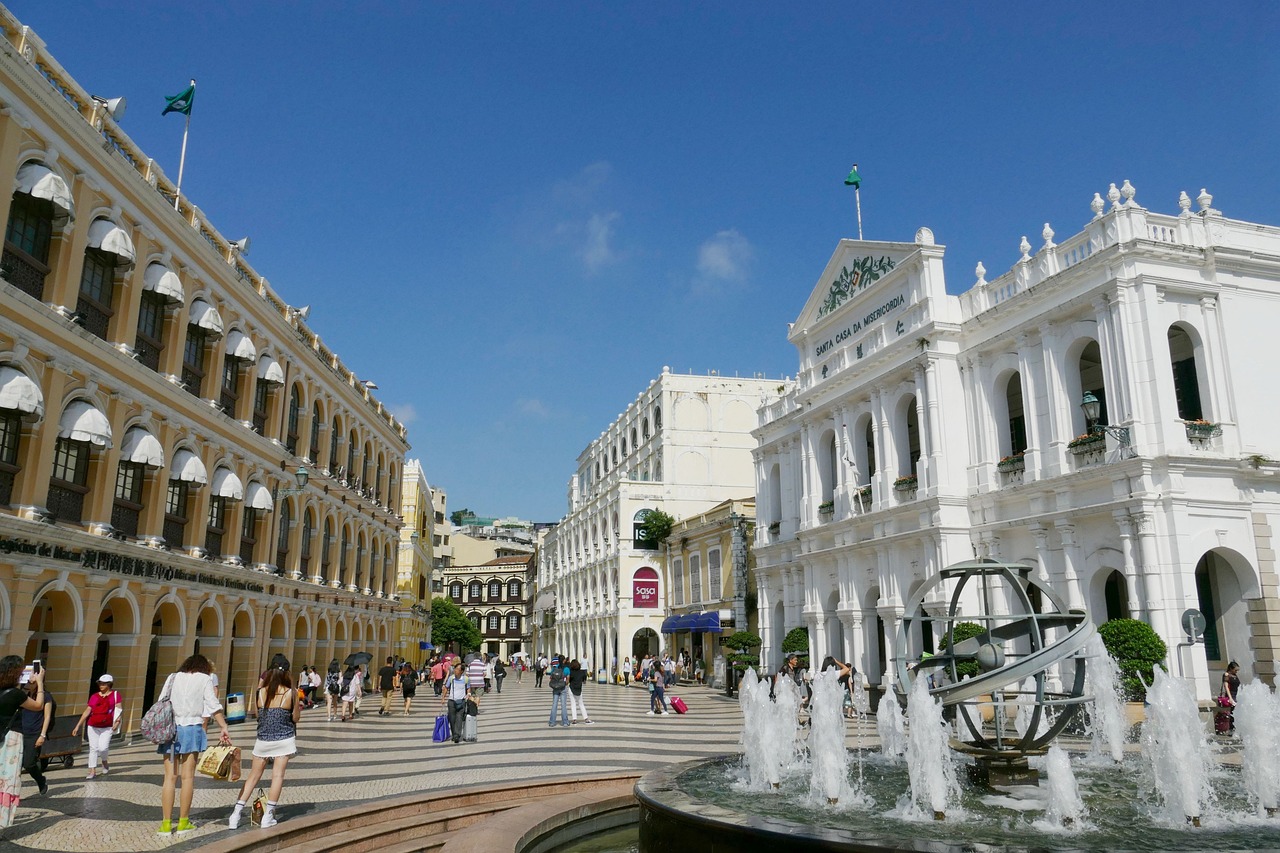
Taxi Services
- Availability: Taxis are a convenient mode of transportation in Macau, especially for those who prefer a more private and direct journey. Taxis can be easily found at taxi stands, hotels, and major tourist attractions.
- Fares: Taxis in Macau operate on a metered system. The initial charge is MOP 19, which includes the first 1.6 kilometers. Additional charges apply for every subsequent 260 meters or waiting time.
- Shared Taxis: Macau also offers shared taxis, known as “Radio Taxis,” which can be a cost-effective option for solo travelers or small groups. These taxis operate on fixed routes and pick up multiple passengers along the way.
Macau has three types of taxis: black, yellow, and silver. Black taxis operate within Macau Peninsula, while yellow taxis serve Taipa and Coloane. Silver taxis offer cross-border services to mainland China.
It’s important to note that there may be additional charges for toll fees and luggage. It’s advisable to check with the driver before starting the journey.
Shared taxis follow a specific schedule and can be hailed from designated stops. The fare for a shared taxi is lower compared to a regular taxi, but the journey may take longer due to multiple pickups and drop-offs.
Ferry Services
- Connections: Macau is well-connected to neighboring regions through its ferry services. Ferries provide a convenient mode of transportation for those traveling to and from Hong Kong, mainland China, and other nearby destinations.
- Operators: Several ferry operators serve Macau, including TurboJET, Cotai Water Jet, and Macau Fast Ferry. These operators offer a range of services, from high-speed ferries to slower, more comfortable options.
- Frequency: Ferries operate at regular intervals throughout the day, with high-frequency services during peak hours. The duration of the ferry journey depends on the destination and the type of ferry.
Major ferry terminals in Macau include the Outer Harbor Ferry Terminal, the Taipa Ferry Terminal, and the Cotai Ferry Terminal.
Ferry tickets can be purchased at the terminals or through online booking platforms. It’s advisable to book in advance, especially during peak travel periods.
For example, the journey from Hong Kong to Macau typically takes around one hour, while the journey from mainland China can take anywhere from one to three hours, depending on the port of departure.
Macau Image 2: 
Light Rail Transit (LRT)
- Introduction: Macau’s Light Rail Transit, also known as the Macau LRT, is a modern and efficient mode of transportation that connects various parts of Taipa and Cotai.
- Stations and Fares: The Macau LRT operates through a network of stations, each equipped with modern amenities and facilities. Stations are conveniently located near popular destinations and are easily accessible.
- Frequency and Operating Hours: Trains on the Macau LRT run at regular intervals, ensuring minimal waiting time for passengers. The operating hours are from 6:00 am to midnight.
The Macau LRT consists of two lines: the Taipa Line and the Cotai Line. These lines serve major attractions, residential areas, and transport hubs.
The fare for a single journey on the Macau LRT is MOP 6.4. Passengers can use the Macau Pass, a contactless smart card, to pay for their journeys. The card can be topped up at various locations throughout the city.
During peak hours, trains run more frequently, while the frequency may decrease during late evenings and weekends. It’s advisable to check the schedule before planning your journey.
Walking and Cycling
- Walkability: Macau is a relatively small city, and many attractions are within walking distance of each other. Walking is not only a convenient way to get around but also allows you to explore the city at your own pace.
- Bicycle Rental: Another option for getting around Macau is cycling. The city offers bicycle rental services, allowing visitors to explore the city on two wheels.
Macau’s streets are well-paved, and there are pedestrian-friendly pathways and sidewalks throughout the city.
Several rental shops offer bicycles for hire at affordable rates. It’s important to follow traffic rules and be cautious while cycling on the roads.
Macau Image 3: 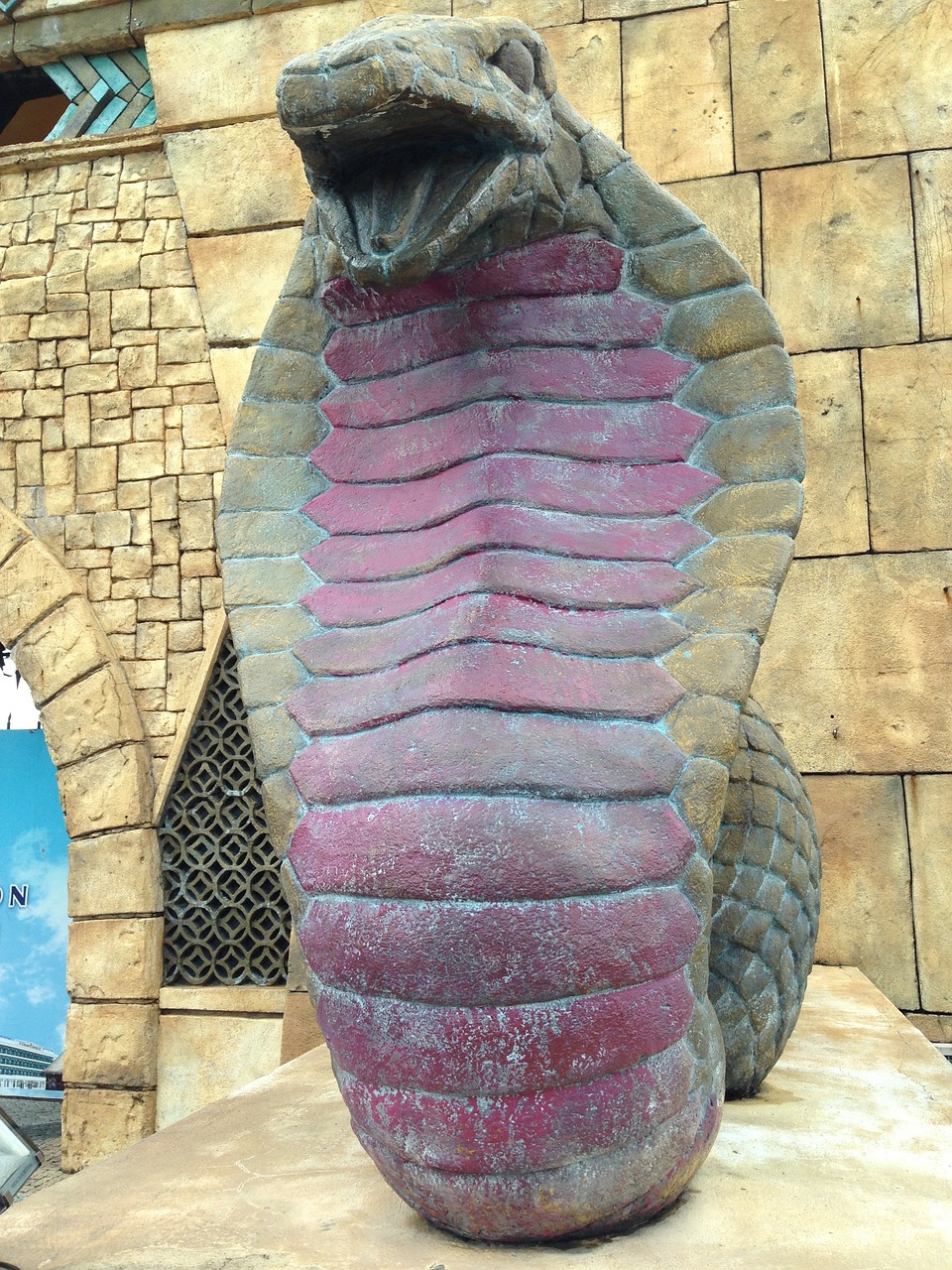
Conclusion
In conclusion, exploring Macau’s attractions and getting around the city is made easy with its comprehensive public transportation system. Whether you choose to take the bus, hail a taxi, hop on a ferry, ride the LRT, or simply enjoy a leisurely walk, there are plenty of options to suit your preferences and needs. By utilizing Macau’s public transportation, you can navigate the city efficiently and make the most of your visit.
References
– Macao Government Tourism Office: www.macaotourism.gov.mo
– Transmac: www.transmac.com.mo
– TCM: www.tcm.com.mo
– Macau Sightseeing Bus: www.macautourism.gov.mo/en/sightseeing/bus
– Macau Taxi Association: www.macau-taxi.com
– TurboJET: www.turbojet.com.hk
– Cotai Water Jet: www.cotaiwaterjet.com
– Macau Light Rail Transit: www.mlm.com.mo


